Fidel Castro – an inspirational figure for revolutionary movements all over the world – died at the age of 90. He was regarded as a rebel, a champion of socialism and someone who dared to defy the US for a over five decades.
‘A revolution is not a bed of roses.’
His cigar, the unruffled long beard and the military uniform became symbols of rebellion all around the world, but how many of us know about his journey towards becoming the most iconic revolutionary leader of the 20th century?
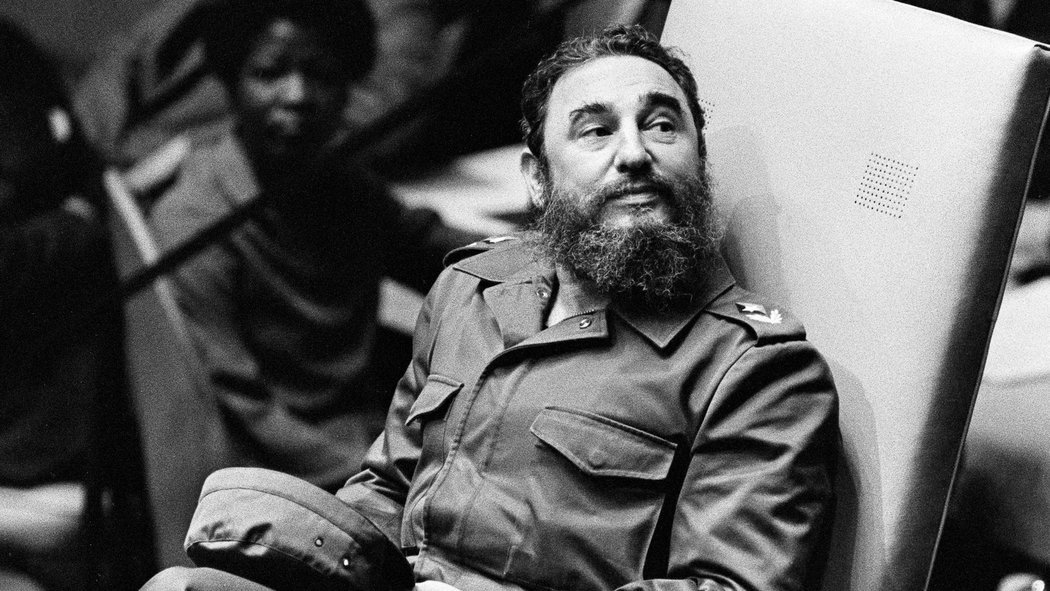
Early Life
On August 13, 1926, Fidel Alejandro Castro Ruz was born out of wedlock to Ángel Castro, a wealthy sugarcane farmer, and one of his servants, Lina Ruz González. Castro wasn’t an exceptionally brilliant student, but he excelled in sports.
His interest in politics began after he joined the University of Havana to study law and began a part of the expedition to throw Rafael Trujillo, the Dominican Republic dictator, out of power. The mission was eventually aborted.
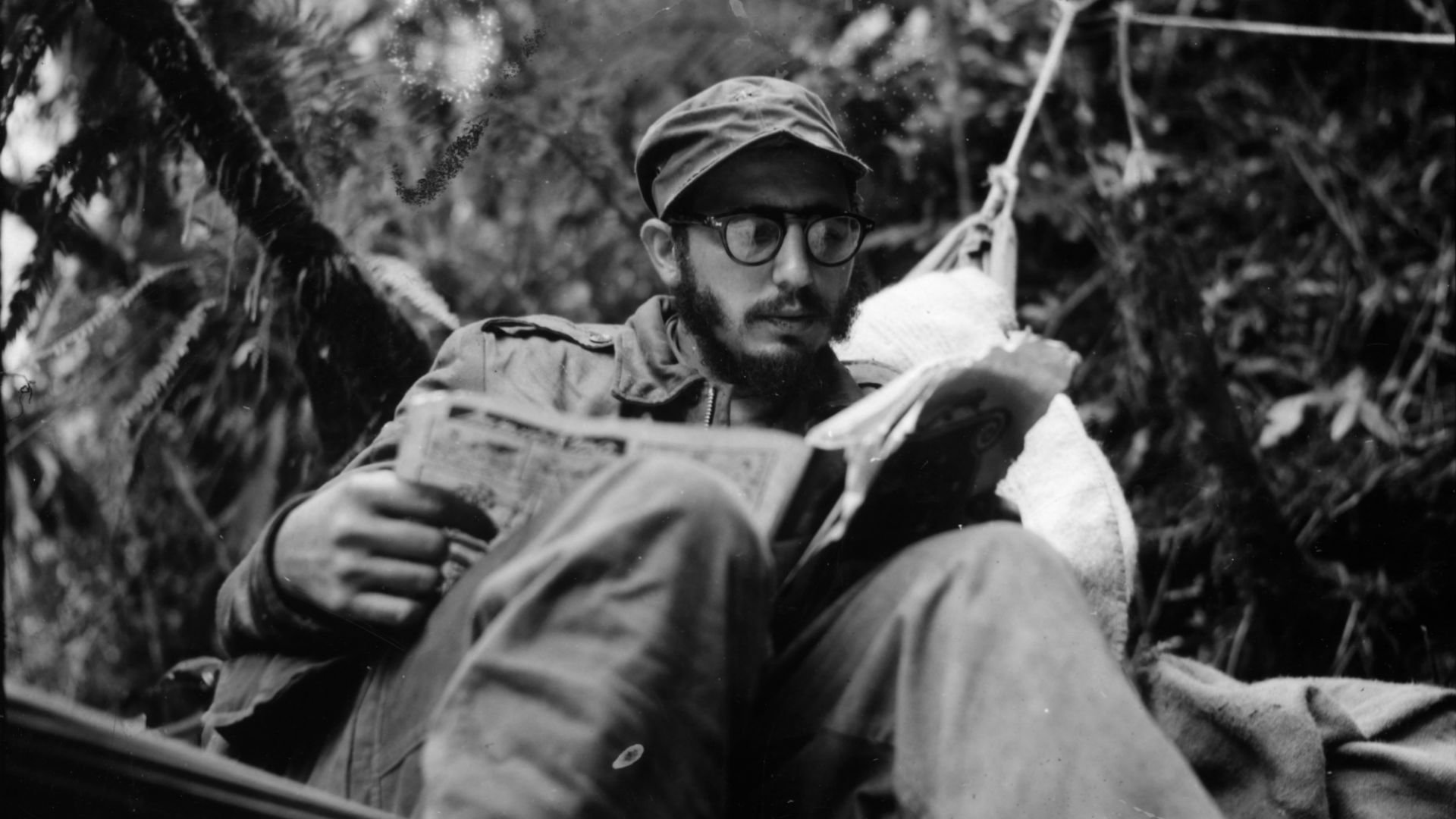
Beginning of a revolutionary
In 1952, Cuba was ruled by a military dictator Fulgencio Batista, who used the army to seize power. He cancelled the elections just three months before they were due and threw out the then President Carlos Prío Socarrás. Batista’s dictatorship had America’s support and the US even recognised his government.
This was the beginning of the Cuban revolution that made Fidel Castro an iconic rebellion.
In July 1953, Castro and his 120 followers attacked the Moncada army barracks to overthrow the Batista regime. Although the attack failed, it created a terror in the heart of the Batista government and marked the beginning of the Cuban revolution. Castro was arrested and sentenced to 15 years in prison.
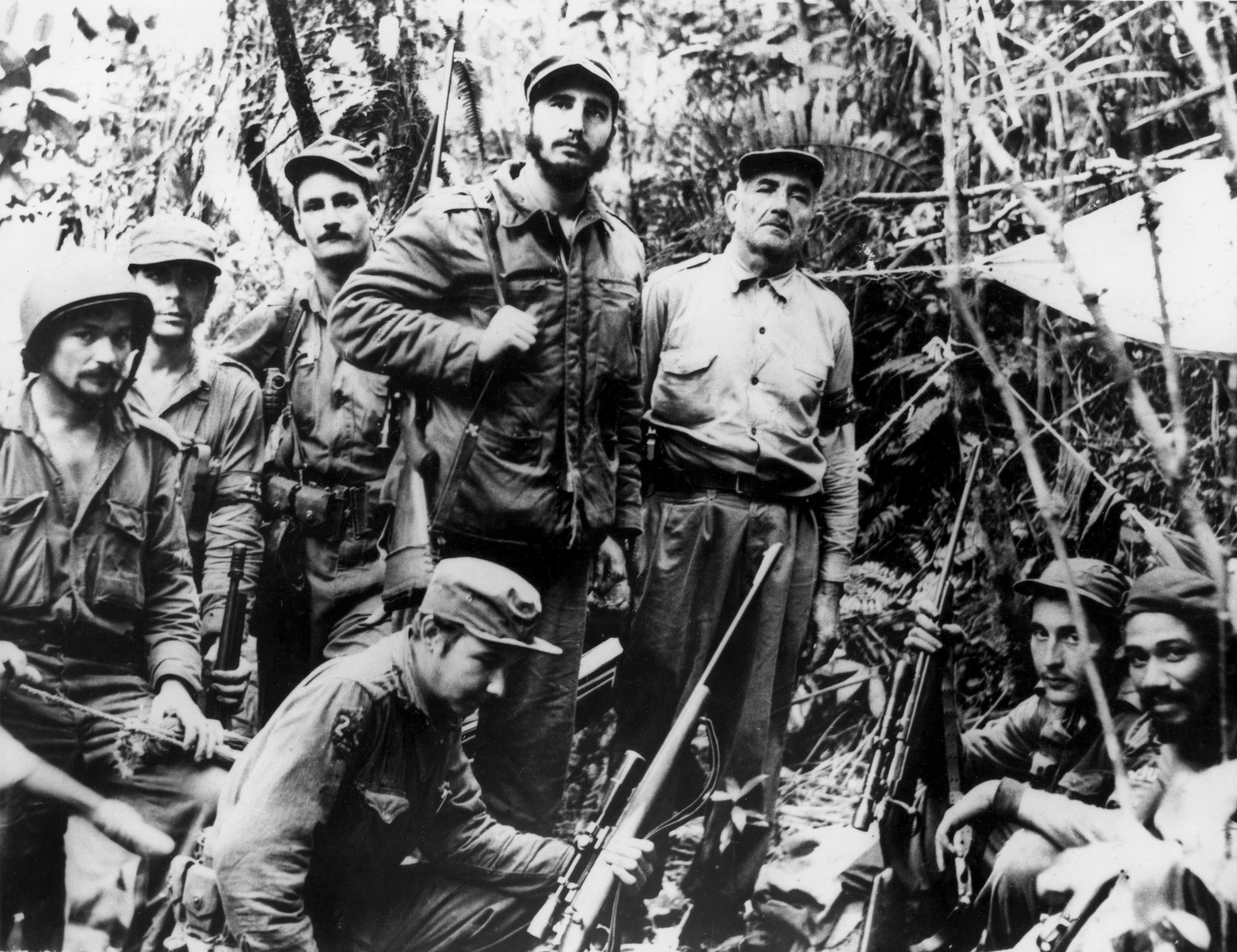
Escape to Mexico and meeting with Che Guevara
Just two years after the attack, in 1955, Castro was released by the Batista government. Upon his release, he went to Mexico to raise money and revive the revolution. In Mexico, he also met Che Guevara who joined him in the cause.
In November 1955, 82 fighters, including Castro himself, began their expedition to Cuba on a yacht called Granma, which is still on display in Cuba’s capital city, Havana.
Castro and his fighters waged guerrilla war on Batista and his US-supplied soldiers, that massively outnumbered Castro’s small rebellion group. 61 fighters from Castro’s army lost their lives but Castro fought on.
During that time, Cuba witnessed a huge disparity in the wealth distribution and abject poverty prevailed. But in Castro, the country saw an opportunity of a bright future. Eventually, the revolutionary movement succeeded and Batista fled the country. Castro rose to power as the people’s leader.
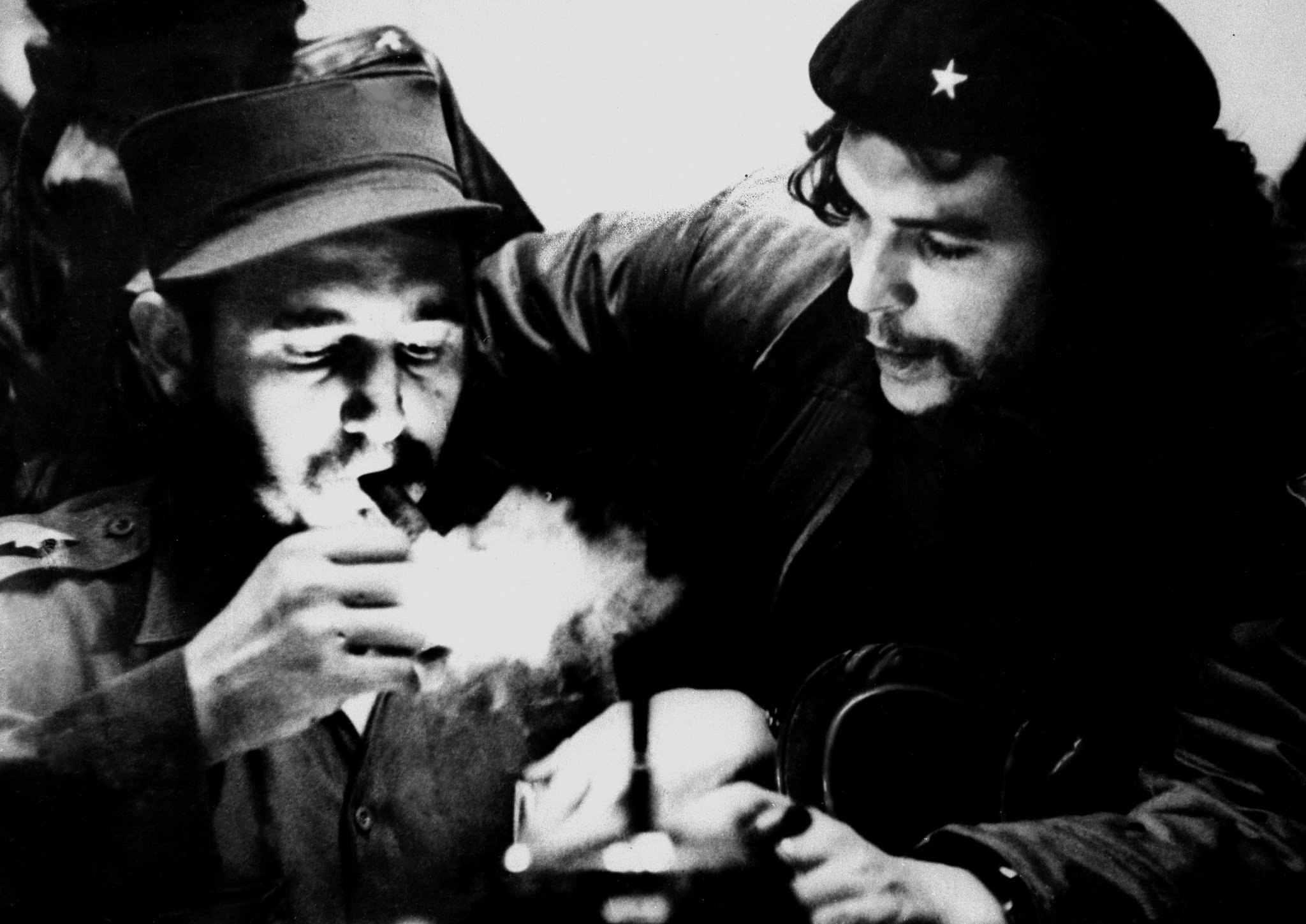
For Cubans, Fidel Castro was a father-figure. Amidst a lot of criticism, for the five decades that he was in power, he worked towards educating his countrymen. His fight towards social justice and equality brought prosperity to the nation, decreased the infant mortality rates and produced professionals like doctors and teachers.
His true rebellion nature reflects in the fact that even after the Soviet Union collapsed, Fidel Castro continued to defy the US.
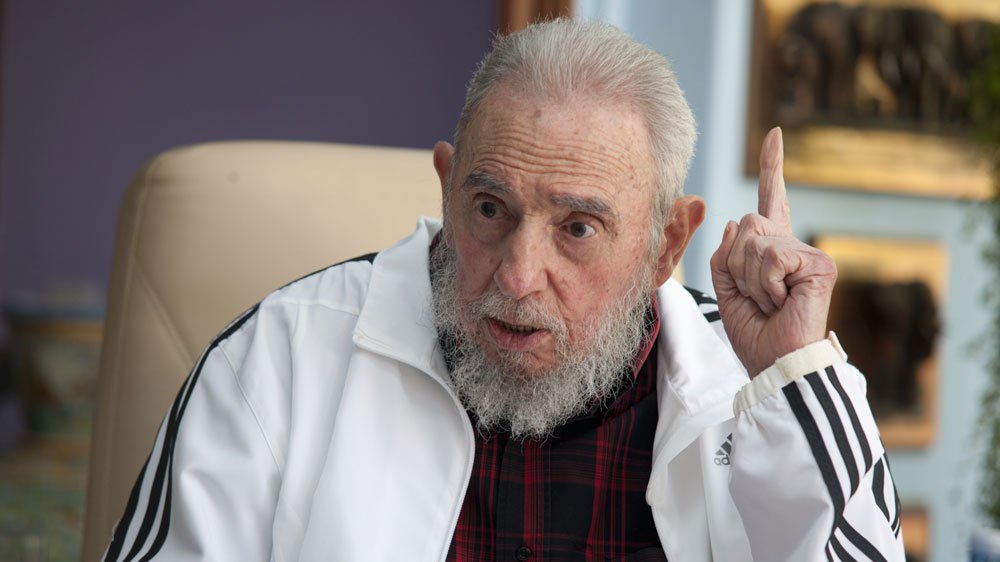
Castro mesmerized his audience with his oratory skills. He even held a Guinness World Record for the longest speech ever delivered at the UN, which lasted for 4 hours and 29 minutes. Sometimes, his speech to his fellow Cubans lasted for 7 long hours!
He ruled Cuba for more than 5 decades and after Queen Elizabeth II, he’s the only one to reign for such a long period of time.
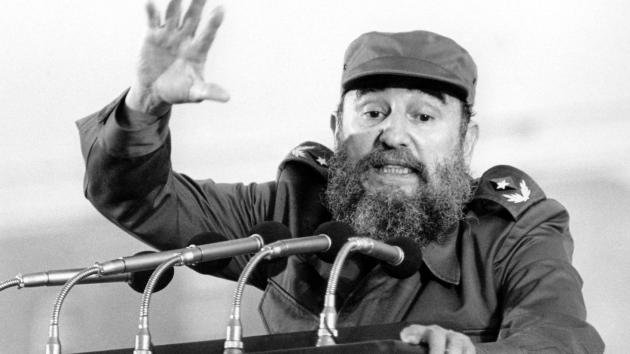
But it needs to be mentioned that Fidel Castro gained as much criticism as respect. Castro was criticized by the US when he ordered the execution of 500 officials of Batista’s government, who were shot to death. Later, after he handed over the power to his brother, he was criticized for the prevailing dictatorship and for not organising free elections in Cuba.
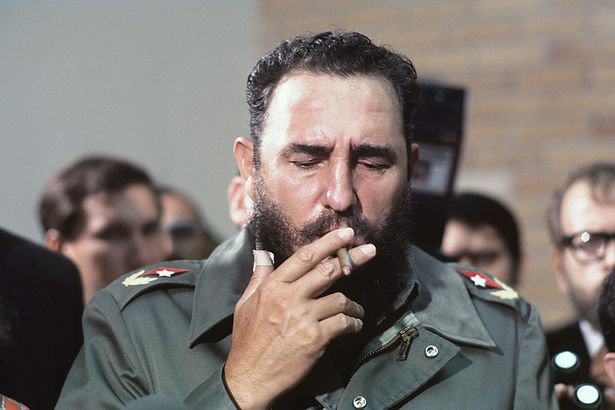
US attempted to kill him 638 times
Castro’s growing closeness with the Soviet Union and his staunch opposition to capitalism made the United States very uncomfortable. Castro had allowed the Soviet Union to construct a nuclear missile base in Cuba that was capable of reaching North America. This intensified the cold war and the world stood on the edge of a nuclear war.
If Cuba’s internal security agencies are to be believed, the CIA made 638 assassinate attempts on Castro!
Reportedly, the US government spent over USD 1 billion in trying to kill Castro by using exploding seashells, lethal fungus, poisoning his drinks and many more tactics, but failed each time.
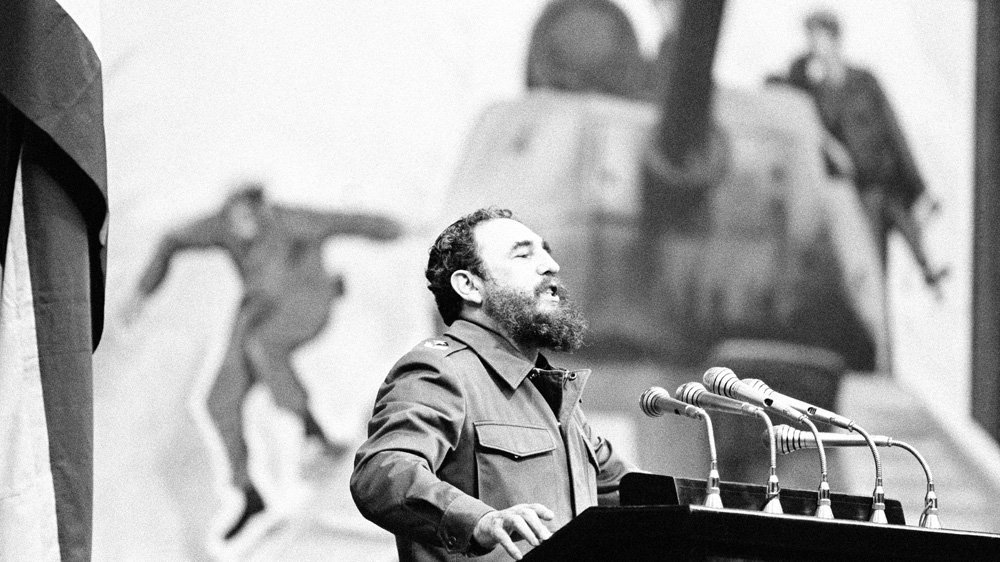
As Cuba mourns the loss of its greatest leader, here’s a tribute with one of his most powerful quotes from his 1959 speech:
I began the revolution with 82 men. If I had to do it again, I would do it with 10 or 15 and absolute faith. It does not matter how small you are if you have faith and a plan of action.

















